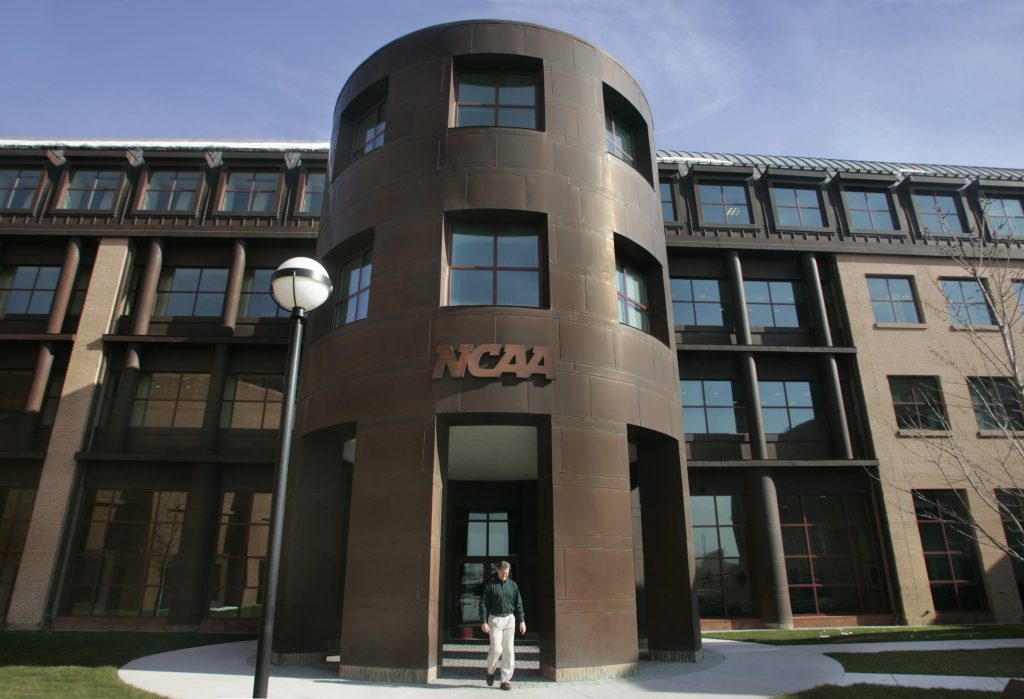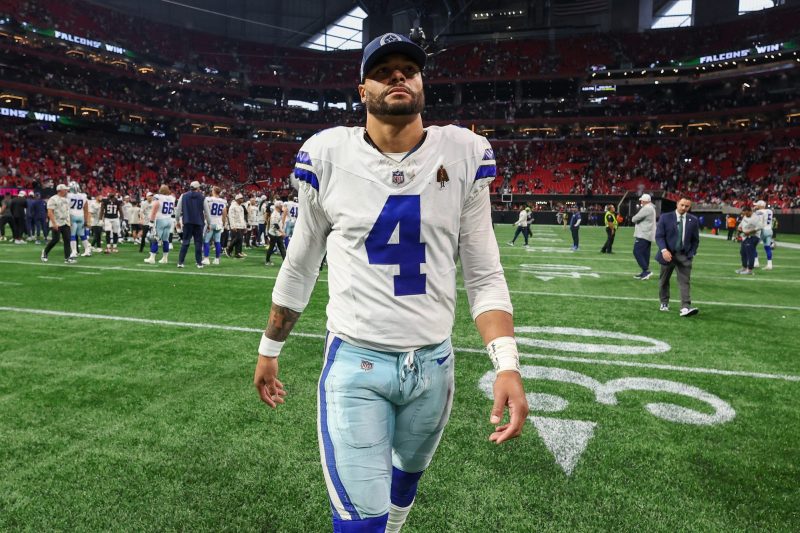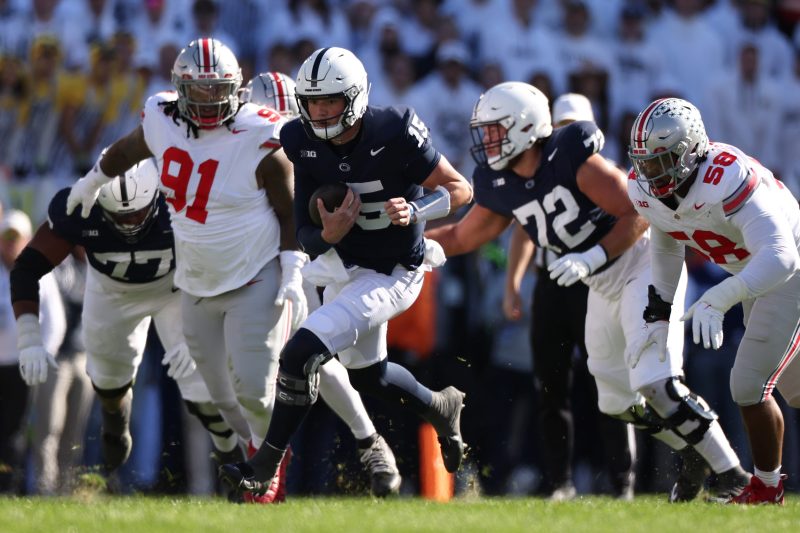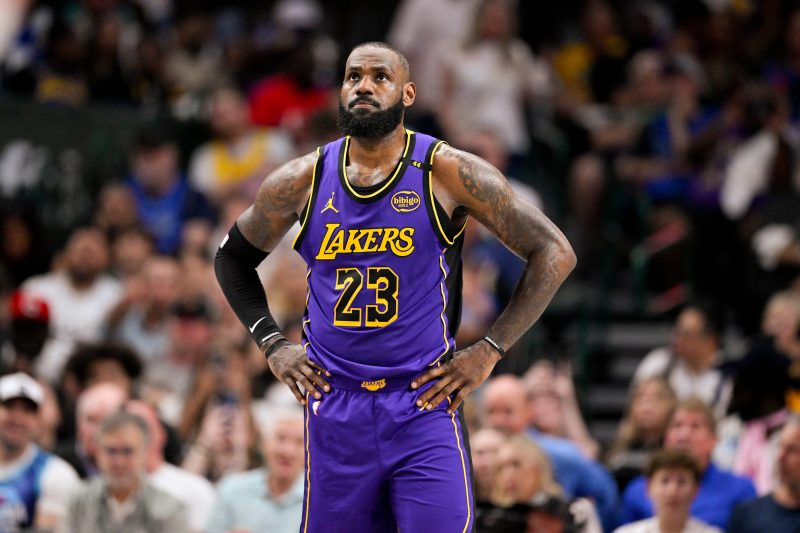Plaintiffs asking questions about $20.5 million college revenue sharing figure

While the NCAA has informed schools that they may provide up to $20.5 million in new benefits for athletes during the 2025-26 school year as part of the settlement of three athlete-compensation antitrust cases against the association and the Power Five conferences, the plaintiffs’ lawyers say they are exercising their right to have the data used to arrive at that spending limit audited because they have questions about the figures.
If the audit finds that the cap should have been greater than $20.5 million, court intervention could be involved. All of this may not affect schools this year, but it could impact them in the future.
Under the settlement, the per-school benefits pool for the school year that begins next week is capped at an amount equal to 22% of the combined total of a defined set of revenues that Power Five conference schools had during their respective 2023-24 fiscal years. Beginning July 1, in a fundamental change for college sports, schools will be allowed to use money from that pool to directly pay athletes for the use of their name, image and likeness.
The revenue data being used to determine the benefits cap must be provided by the NCAA to the plaintiffs’ lawyers annually during the 10-year life of the settlement. The plaintiffs’ lawyers then “have the right to reasonably audit” the data, according to the agreement – and they are having an outside firm do so, according one their leaders, Steve Berman.
“For the sake of getting this started July 1, we are willing to use” $20.5 million as the cap, Berman said. “But if that turns out to be different, there will have to be some adjustment. … We have questions about the information we’ve gotten.”
The NCAA declined to comment on the matter.
If an adjustment occurs, it probably would not happen during the 2025-26 school year. But an adjusted number could be used as the baseline for future years.
The cap number for Year 1 of the settlement is particularly important because it is scheduled to be used as the baseline for a 4% increase in Year 2. The Year 3 cap amount is, in turn, set to be based on 4% increase in the cap number for Year 2. A reset to an amount equal to 22% of the defined revenues is scheduled for Year 4.
At issue, among other items, is whether certain revenues connected to luxury suites have been accounted for correctly, Berman said. Also, the settlement states that as part their audit rights, the plaintiffs’ lawyers are entitled to “receive an accounting from an agreed-upon accounting firm” of all revenue categorized on the schools’ annual financial reports to the NCAA under a miscellaneous “Other Operating Revenue” category “to determine whether, in the (the plaintiffs’ lawyers’) opinion any such reported revenue is more properly reportable as one of the agreed-upon revenue categories and should therefore be included” in the schools’ combined total.
Any disputes about the data are to be settled by Magistrate Judge Nathanael Cousins, who has been appointed as a special master by U.S. District Judge Claudia Wilken.
“We are asking for information,” Berman said. “We’re going back and forth with the NCAA about what information they have given us. If we’re not satisfied, we’ll go to Judge Cousins.
“This will not happen overnight. We’re asking questions about all of this. That’s our job. … We don’t know that there’s a controversy. … We are examining all of this stuff, making sure revenue was put into the right bucket.”
Wilken gave final approval to the settlement on June 6. Two groups of objectors have filed a notice of appeal to the 9th U.S. Circuit Court of Appeals. So far, neither of those efforts seeks to delay the forward-looking provisions of the agreement that are set to take effect July 1 and also include the elimination of sport-by-sport scholarship limits.
The new per-school benefits pool will take account other spending, including the value of new, or incremental, athletic scholarships schools award above the number of scholarships that the NCAA currently allows in a given sport, up to a maximum of $2.5 million. So, if the initial cap is $20.5 million and a school awards $2.8 million in new scholarships, it could only make $18 million in NIL payments to athletes.
The question about the schools’ miscellaneous “Other Operating Revenue” figures stems, in part, from large amounts that some Power Five public schools reported in that category. For example, Penn State, Washington and Colorado reported amounts that represented more than 10% of their total operating revenue – dollar amounts that ranged from $15.1 million for Colorado, to $32.4 million for Penn State, according to documents obtained by USA TODAY Sports in conjunction with the Knight-Newhouse College Athletics Database at Syracuse University. The NCAA asks that if “Other Operating Revenue” is greater than 10% of total revenue, “please report the top three activities included in this category in the comments section.”
Washington’s reported in that section: “Other Revenues includes revenues received for Coaches and Administrative Contract Buyouts for Baseball, Gymnastics, Football, and Athletic Directors.”
Penn State’s and Colorado’s comments sections were blank. It is possible that Penn State’s comments were redacted. Under state open-records law, Penn State is not required to make this information public – and while it chooses to do so, it redacts individual head coaches’ compensation information from the report it releases.
Six other schools reported “Other Operating Revenue” of more than $10 million, amounts that represented less than 10% of each of those schools’ total revenue.
There were six schools that reported “Other Operating Revenue” of less than $1 million. Among those were Texas, Tennessee and Clemson, each of which reported more than $193 million in total revenue.
“We’ve seen some things that we don’t have an explanation for,” Berman said.
In addition to benefiting athletes, a greater benefits cap amount stands to benefit the plaintiffs’ lawyers. As permitted by the settlement agreement, they have asked Wilken to award them, as fees and costs, a percentage of the $2.8 billion in damages that totals nearly $525 million.
The lawyers also are seeking the right to apply annually to special master Cousins for 0.75% to 1.25% of the annual total amount spent by Division I schools on new benefits for athletes. Over the 10-year settlement term, that could total roughly another $250 million.
The question of luxury-suite revenues involvement in the calculation of the cap is more complicated. It connects to language in the settlement and the definitions used in the schools’ revenue-and-expense reports to the NCAA. Those reports include 21 revenue categories. Eight of those categories form the defined set of revenues used to calculate the benefits cap.
Among those categories is ticket revenue. The NCAA tells schools to report “amounts paid in excess of ticket’s face value to obtain preferential seating or priority” under another category that is called “Contributions.” Revenue from “Contributions” is not among the eight categories form the defined set of revenues used to the calculate the benefits cap.
However, the settlement agreement says that for the purposes of the agreement, ticket revenue “shall include actual monetary revenues received by or for the benefit of Member Institutions for suite licenses exclusive of (a) any associated philanthropy [“Contributions”] and (b) the use of suites for any purposes not related to student athletic events (e.g., concerts).”
Suites are just one type of seating area for which schools require customers to make payments in excess of a ticket’s face price. Many schools require such payments for the right to purchase club seats or seats in more desirable areas of the main stands. Arguably, none of these payments constitute philanthropy. Under federal tax law changes enacted in 2017, no portion of these amounts are tax deductable.
In addition, the pay structure for a suite can look like what Texas A&M outlined in online information for a suite for the 2024 football season: An “Annual Suite Contribution” of $65,100 and a “Capital Gift” of $933,333 provided a “Term of Usage Right” of 14 Years.
In an email May 16, another of the plaintiffs’ lead attorneys, Jeff Kessler, told USA TODAY Sports of the revenue reporting he expected to see from the NCAA: “The suite figure is going to be reported separately from” the 21 revenue categories.
In late May and early June – before the NCAA announced that the cap for 2025-26 will be $20.5 million — athletics department officials at three different Power Five schools, each in a separate conference, said they were unaware of their school having reported a separate suite-license revenue figure to the NCAA or anyone associated with the litigation. Three officials spoke on the condition of anonymity because of the sensitivity of the subject.
“We have questions about suite revenues,” Berman said on Monday, June 30.
How all of this turns out remains to be seen, but Berman said: “We are taking our 10-year audit function seriously.”




